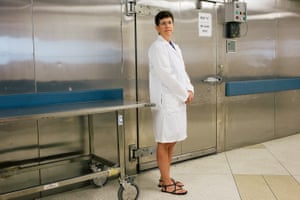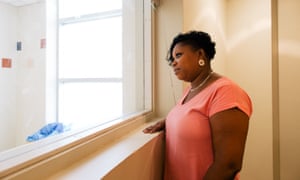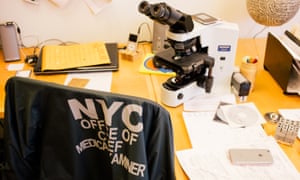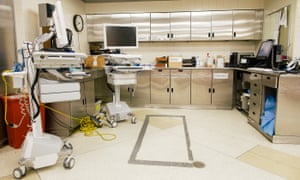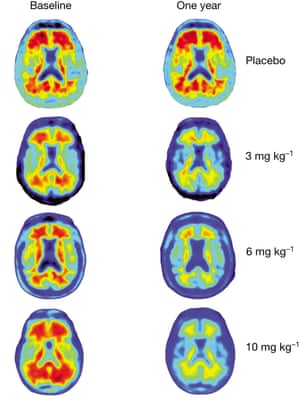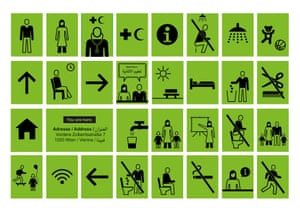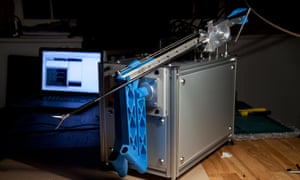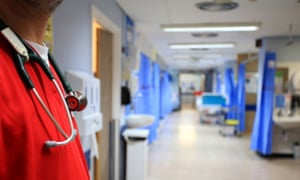MPs are calling on the prime minister to fulfil her pledge to end the “burning injustice” of shorter lifespans for the poor by boosting public health, after the missed opportunity of the childhood obesity strategy.
But the health select committee is saying in a hard-hitting report that cuts to public health funding since responsibility was handed to local authorities in 2013 will make this more difficult. Cuts are “a false economy”, because keeping people healthy in their communities protects the NHS from the expensive consequences of treating diabetes, heart disease and other chronic illnesses in times to come.
Dr Sarah Wollaston, Tory chair of the committee, said people were rightly scathing about the government’s recent watered-down childhood obesity strategy, which “demonstrates the gap in joined-up evidence-based policy to improve health and wellbeing”.
“Government must match the rhetoric on reducing health inequality with a resolve to take on big industry interests and will need to be prepared to go further if it is serious about achieving its stated aims.”
Speaking to the Guardian, she said people were “hugely disappointed because it was the opportunity to signal intent that this wasn’t going to be business as usual”.
Wollaston added: “People were hugely encouraged by Theresa May’s words and determination. I don’t doubt her intent. What I feel is now at risk is that the people who are going to be tasked with making a difference won’t have the tools to do the job, and at a time of shrinking health budgets it’s even more difficult for them to narrow health inequality.”
Although the childhood obesity figures appear to be levelling off – with about a third of kids overweight or obese by the time they leave primary school – the truth is that the change is in the children of affluent families. The gap between rich and poor children is widening.
“Childhood obesity is this huge future growing disaster not only for these individual children but for the NHS in terms of costs from managing type 2 diabetes,” Wollaston said.
She urged the government to listen to the criticism and act. Linking public health to planning and licensing applications, thereby allowing local authorities to say no to more fast food outlets and off-licences, “would send a very strong signal”, Wollaston said.
She believes the government should also rethink the absence of restrictions on advertising and marketing junk food to children. “There’s nothing there about advergames – the deliberate targeting of children where they think they are playing a game when they are actually having stuff flogged to them. And [it’s] particularly disappointing that there was nothing about the saturation advertising to children and the use of cartoon characters,” she said.
“There was very clear evidence that Public Health England presented about impulse purchases and pester power and end of aisle displays and checkout displays. Everyone recognised that it wasn’t just a single hit here. You had to look at it across the board, yet whole tranches of public health messaging are going to be undermined by the fact that advertising hasn’t been touched at all.”
Funds to local authorities for public health were slashed by £200m last year and more cuts are to come. The report says this is short-sighted and talks of “a growing mismatch” between spending on public health and the significance attached to prevention in NHS chief executive Simon Stevens’s plan. Keeping people well and out of hospital is fundamental to the sustainability of the NHS in his plan.
The report calls for a Cabinet Office minister to be given responsibility for embedding the interests of health in every government department, a proposal welcomed by the Royal Society for Public Health. “A ‘health in all policies’ approach is key to addressing wider determinants of health and health inequalities, such as housing, education and employment, and enhanced cross-departmental working at a national level will help enable this,” said Shirley Cramer, its chief executive.
The Kings Fund agreed. “The government’s weak plan on childhood obesity underlines the need for a minister at the centre of government to coordinate public health policy across departments but, more importantly, to hold departments strongly to account for their actions. Funding reductions are already resulting in significant cuts to key services such as sexual health services and support for people who want to stop smoking,” said David Buck, senior fellow, public health and health inequalities.
Prof John Middleton, president of the Faculty of Public Health, said the report “demonstrates the false economy of cutting local authority public health budgets because of the added pressures this puts on NHS resources. Councils in England have worked extremely hard for many years to maintain the services they offer their communities with reduced funding. Nevertheless, sexual health services, drug treatment clinics and other health services funded by councils have been hit hard by these cuts.”
MPs say cuts are "false economy" in drive to improve poor people"s health
